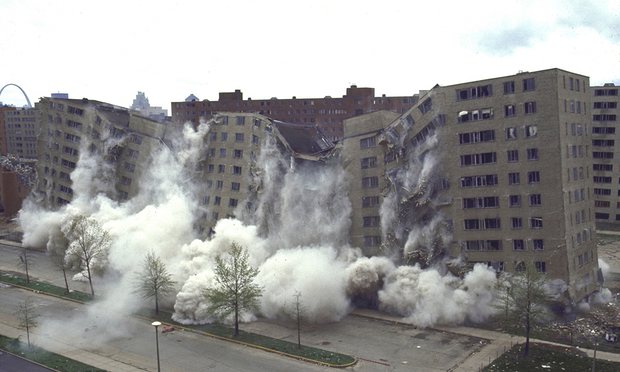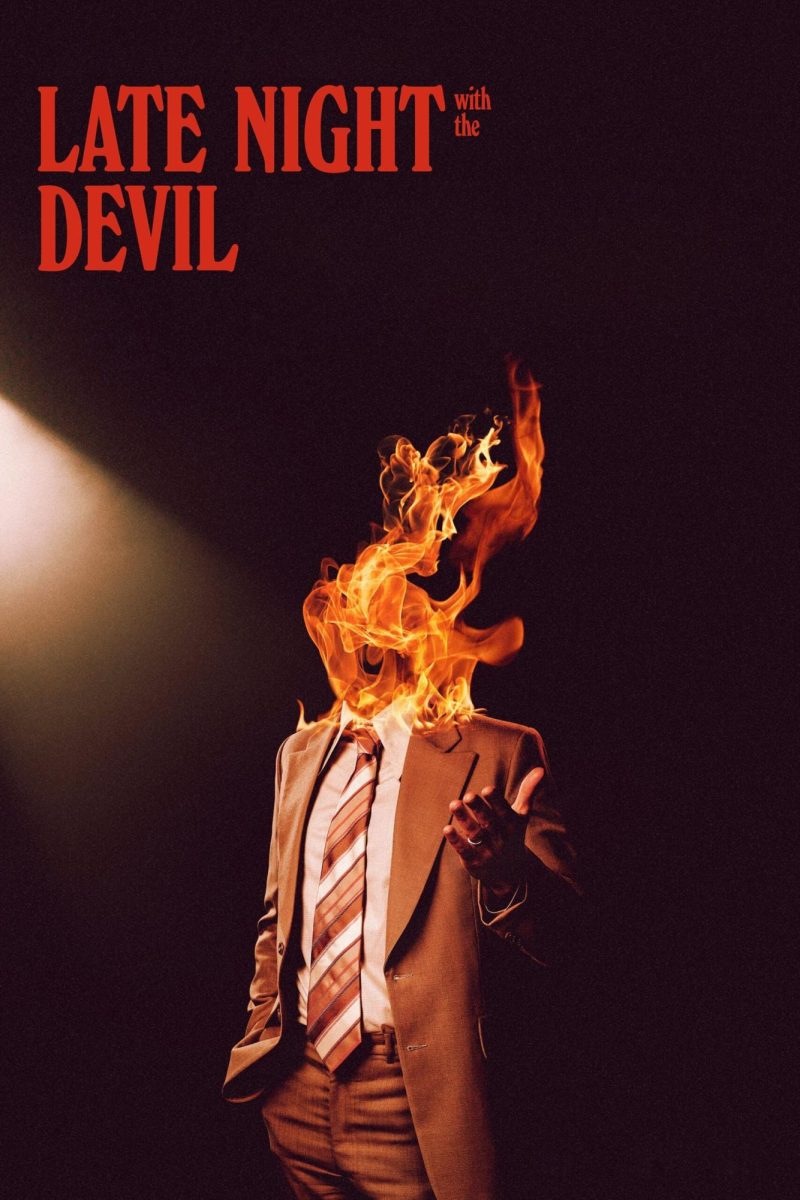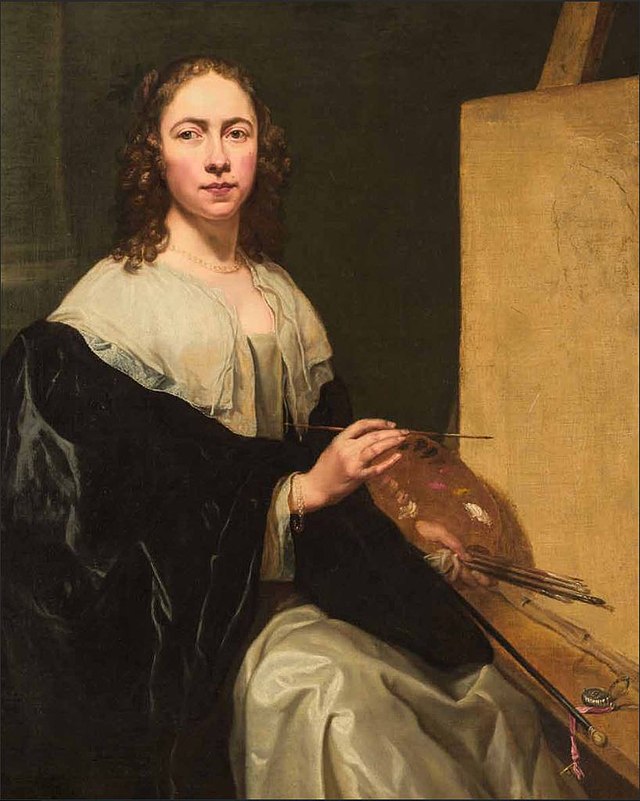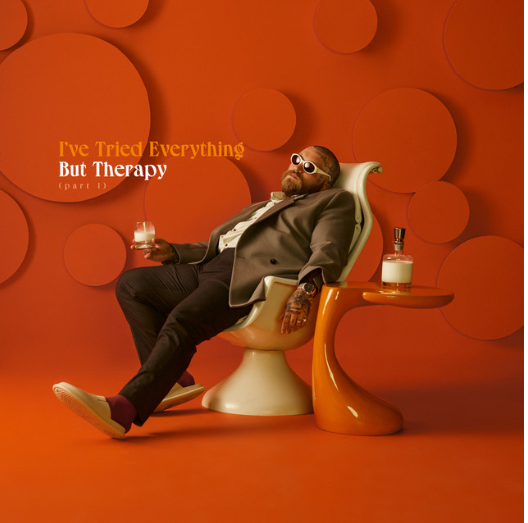Some residents loved Pruitt-Igoe, others hated it. The “Pruitt-Igoe Myth,” which screened Nov. 6 at Washington University as part of the 25th Annual St. Louis International Film Festival, is a documentary of collected testimonies of past residents as well as a critique of modern urban planners and researchers.
The story of Pruitt-Igoe is a complicated one, and unlike some documentaries, “Pruitt-Igoe Myth” does not seek to vilify a single person, institution or group of people. The problems were of both policy and personnel, of police and of people of color. Former residents, for example, told stories of how the roofs of the 10-story buildings become lookouts for police.
Residents would throw firebombs, bricks and glass at police in frustration and to send a message, “We do not care,” as one former resident put it. “We do not care what you are here for, or what you are doing.” Without regular policing, abandoned or nearly-abandoned buildings became overrun by drugs and violence.
Residents would vandalize, throwing trash next to the incinerator, instead of inside of it. The housing authority blamed developers, claiming they were doing the best they could with what they were given, such as incinerators that proved too small to service the extensive development.
At one point, dozens of carpenters had to be contracted to board up over 10,000 broken windows. Strapped for cash and personnel, the housing authority did not adequately maintain the buildings and grounds.
The same housing act of 1949 that allowed Pruitt-Igoe also allowed suburban sprawl. Those with the means, but more importantly the skin color, to leave did so. What allowed some families to, for the first time, enjoy individual rooms and beds, also allowed others to flee the city limits to an even whiter, wealthier and more opportunistic life.
The welfare state allowed for both “the projects” and for suburbia; for some it provided dignity, for others distinction. The film notes how those once confined to the city slums now enjoyed some of the best views of St. Louis, a juxtaposition of successful federal projects, like the Arch, and not-so-successful ones, like Pruitt-Igoe.
Footage from the era of whites who fled shows one women saying, “I intend to live in a white community. It is the only community I intend to live in.”
The demolition of Pruitt-Igoe was televised nationally. The housing project only lasted about 35 years. Even today, a police escort is needed to visit the grounds were Pruitt-Igoe once stood.
As the names suggests, “Pruitt-Igoe Myth” does not seek to close the case or lay to rest the controversy and problems surrounding the once-highly-touted “answer” to St. Louis housing problems. Instead, it allows the multiplicity of pointing fingers to overwhelm viewers, and invite them to ask, “why?” There may well be no single answer, but a collection of faults, of mis-planning, and, in some cases, outright malice. One of the rules to live in Pruitt-Igoe, for instance, was that no able-bodied male live in a household.
In order to enjoy the housing offered, families had to decide whether or not to split. Some did, but often fathers were left hiding in closets when inspectors made their rounds. The job of such workers was solely to catch male family members who were not allowed to be there by policy makers.
Another former resident tells how her mother painted a single wall black in the family apartment so that penmanship and homework problems could be practiced on the wall with chalk. When inspectors came and questioned the family, her mother told the truth, she did not have money to buy paper for her children. The inspector said, “I understand that you are trying to raise your family. If you would like to paint another wall, you can.”
To see a bit of both St. Louis and national history in regards to race relations, public housing and issues that persist to this day, see “Pruitt-Igoe Myth” and join the conversation.







